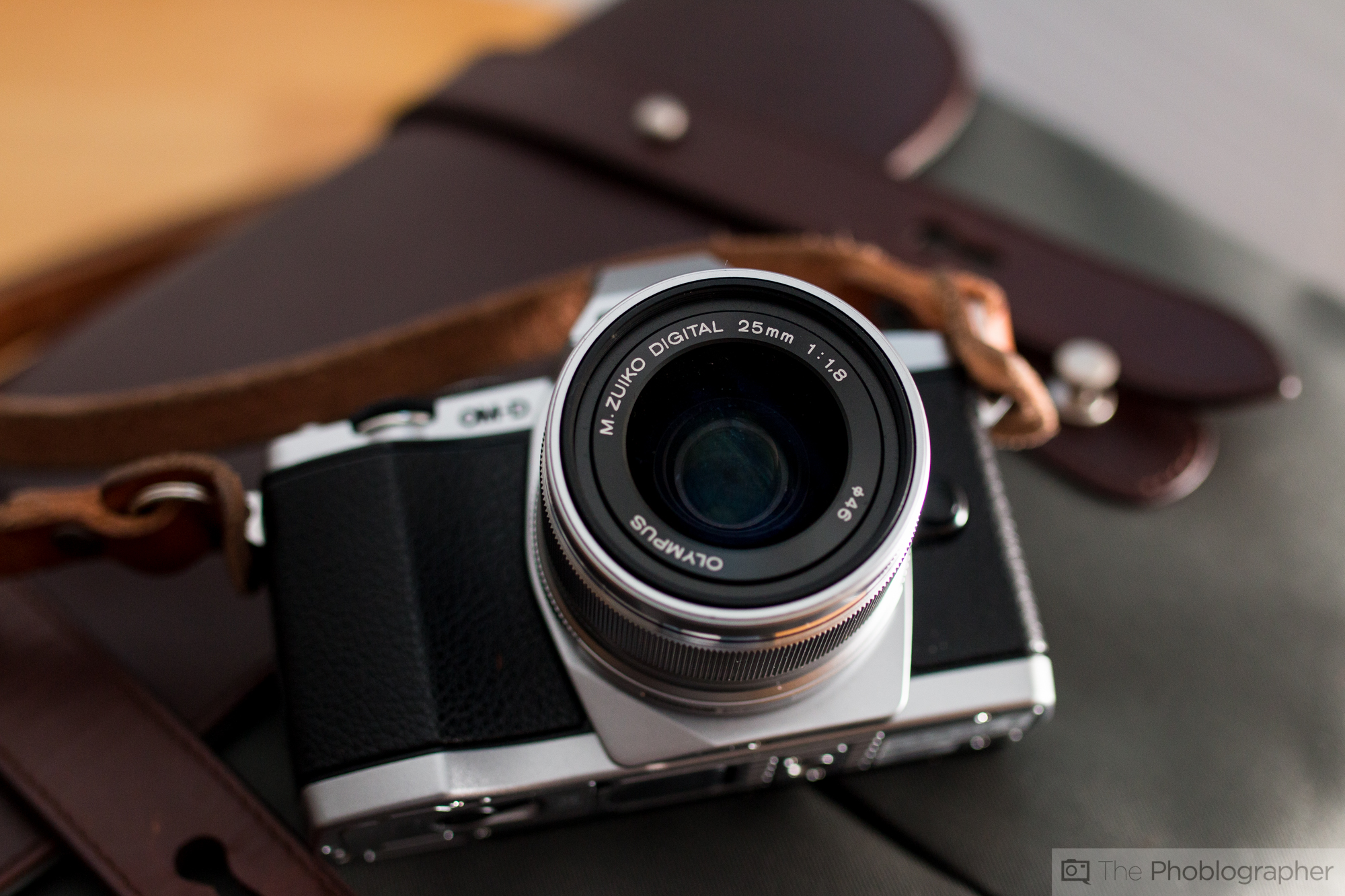We’re streaming daily on Apple Podcasts, Google Podcasts, Stitcher, Pocket Casts, and Spotify!
Did you just pick up a new camera during the Black Friday sales? If so, congrats on the new addition to your family. If your new camera came with a kit lens or two, they’ll be fine for a little while. However, if you really want to get the most out of your Mirrorless camera, we suggest stepping up to prime lenses. Prime lenses are sharper, focus faster, and have fast apertures, which means you can create gorgeous bokeh. You’ll notice the difference in quality compared to kit lenses instantly. After the break, we’ll show you which prime lenses you should buy first for various platforms.
Not only will you notice a huge bump in image quality with prime lenses, but you’ll also find that they’ll make you a better photographer too. Not being able to rely on a zoom lens will force you to think differently. So, prime lenses will open many doors to new photographers or for photographers who are just new to primes. The prime lenses listed below are affordable. They’ll produce incredibly sharp images. You’ll be wowed at the colors they render and just how fast they’ll obtain focus. If you want to get the most out of your Mirrorless camera, consider buying these prime lenses.
Table of Contents
Canon RF 35mm F1.8 USM IS
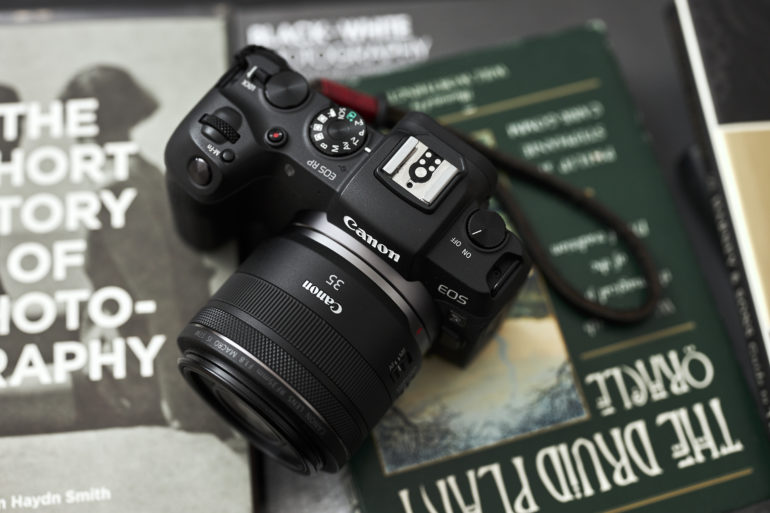
In our review, we said:
“The Canon RF 35mm f1.8 USM IS is a lens that photographers will pick up if they’re looking for a good 35mm lens for the Canon system that has image stabilization. In addition to that, the image quality is also very sharp for what it is. Then consider the bokeh and the fact that you can not only get this from a 35mm lens, but the f1.8 aperture lets you really blow your backgrounds out. I can’t really complain about the Canon RF 35mm f1.8.”
Chris Gampat – Editor In Chief

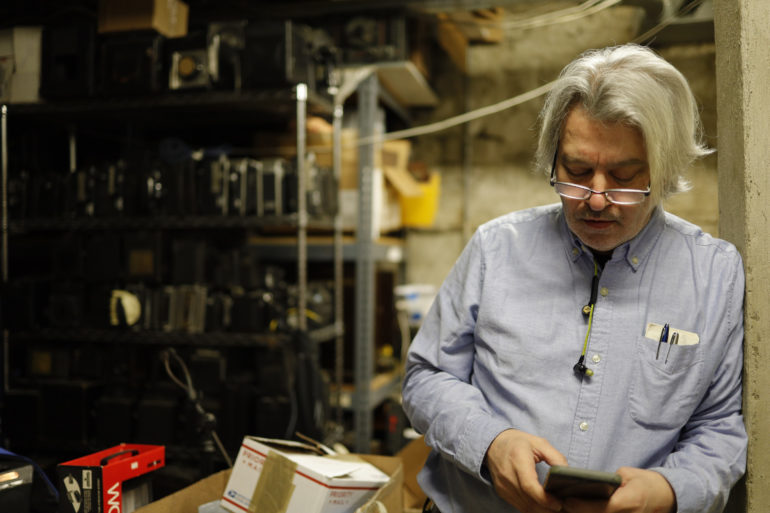
Buy now: $499
Olympus 25mm f1.8 (Micro Four Thirds)
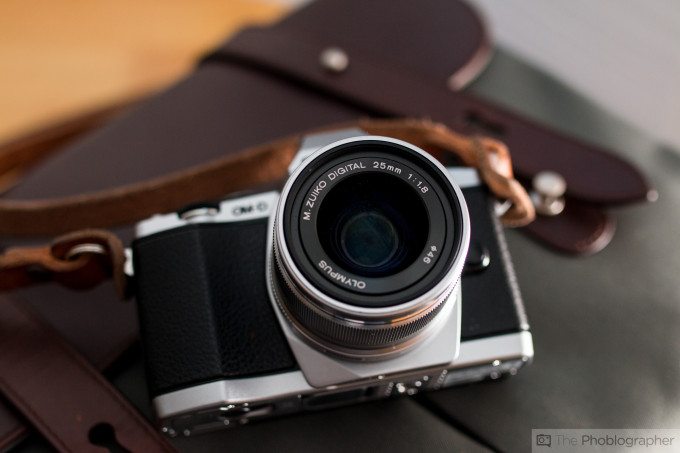
In our review, we said:
“In fact, the 25mm f1.8 is one of the most affordable and bang for your buck lenses out there for the Micro Four Thirds system. In general, we’re quite impressed with the sharpness, bokeh, fast focusing speed (coupled with accuracy), small size, and the overall feel that it is the single-lens that you may want to keep mated to your camera forever.
Chris Gampat – Editor In Chief
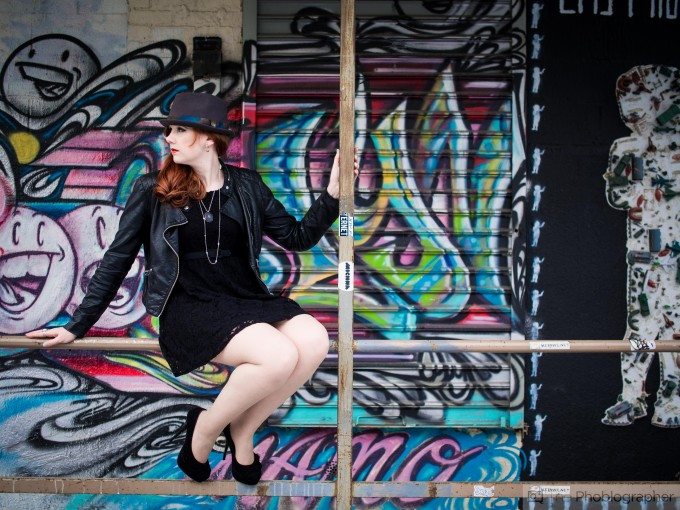

Buy now: $299

Pro Tip: These prime lenses will make you interact with the world differently compared to zoom lenses. So, if you’re new to photography and you still need guidance and help to get the most from your gear, have no fear. If you want to learn how to get the most out of your new lens, there are guides that will help you create gorgeous images in no time at all.
Fujifilm 35mm f1.4
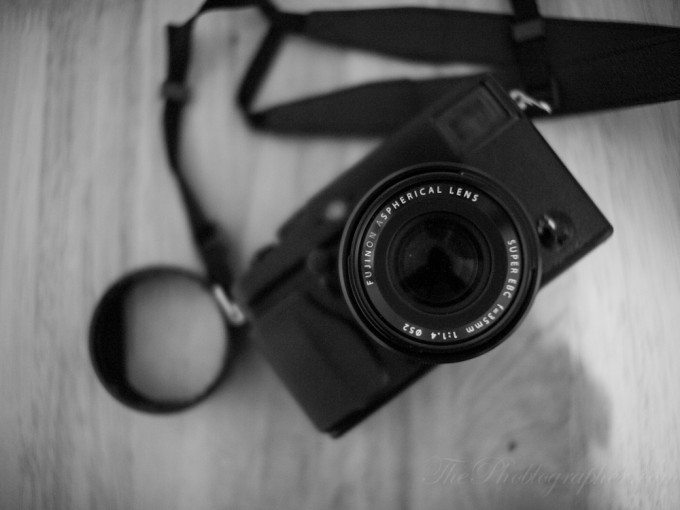
In our review, we said:
“The 35mm f1.4 is truthfully best experienced if not wide open, nowhere past f5.6. Otherwise, you’re doing an extreme injustice to yourself by not taking advantage of the beautiful bokeh and extreme sharpness that the lens has to offer wide open.”
Chris Gampat – Editor In Chief


Buy now: $599
Sony 35mm F1.8 FE
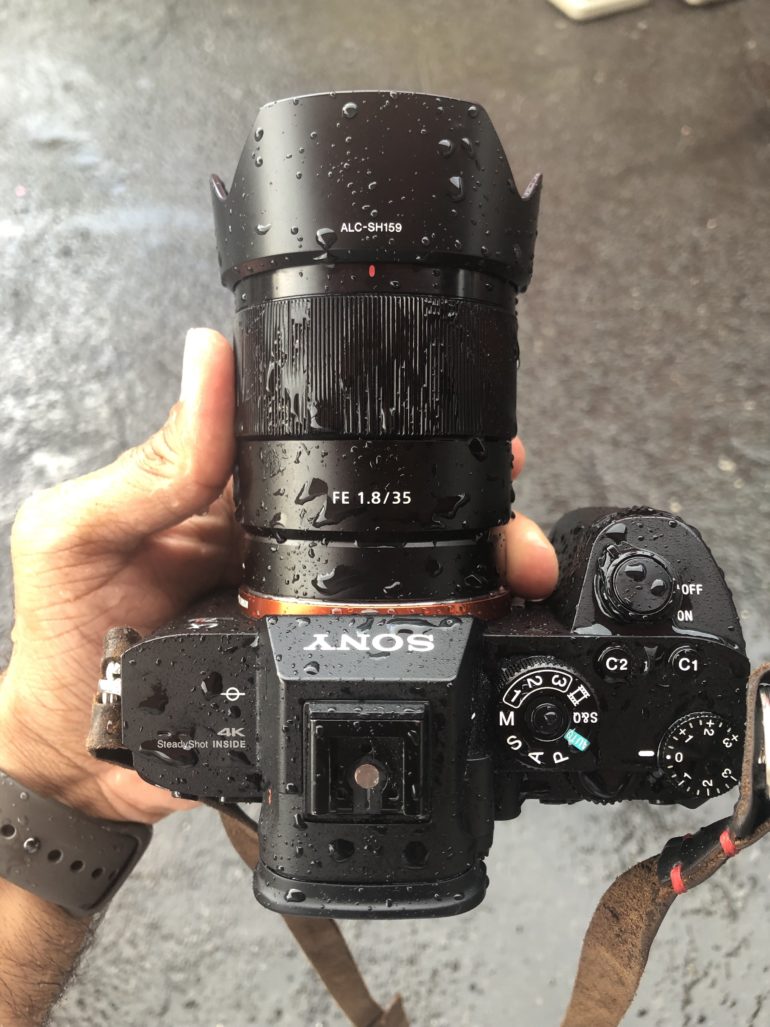
In our review, we said:
“Photographers, both professional and hobbyist, will thoroughly enjoy the image quality the Sony 35mm f1.8 FE lens produces. With a flash, it’s incredibly sharp when shooting wide open. Stopped down to f4; it’s also noticeably sharp. What photographers will really like is the creamy bokeh that they get combined with the fact that the colors are cinematic.
Chris Gampat – editor In Chief


Buy now: $748
Nikon 50mm f1.8 Z S
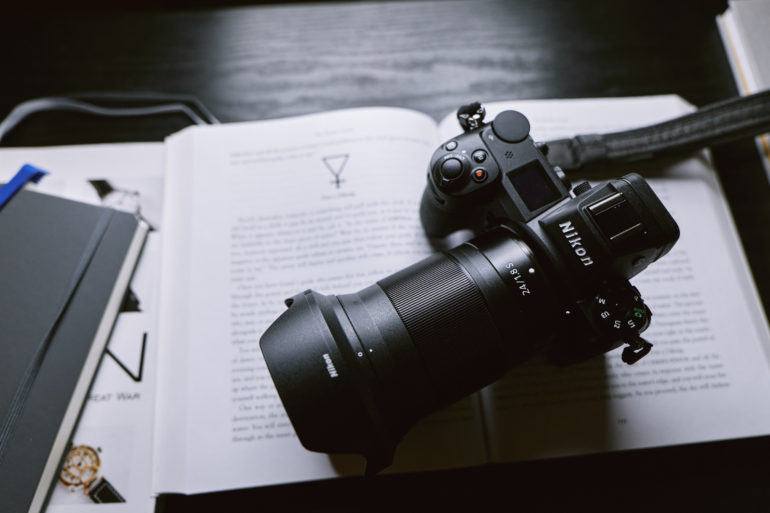
In our review, we said:
“We found the Nikon 50mm f1.8 Z S’s image quality to be very good in our tests. It’s sharp, has very pleasing bokeh, doesn’t exhibit any major problems, and has an overall beautiful look to it.”
Paul Ip – Former Reviews Editor
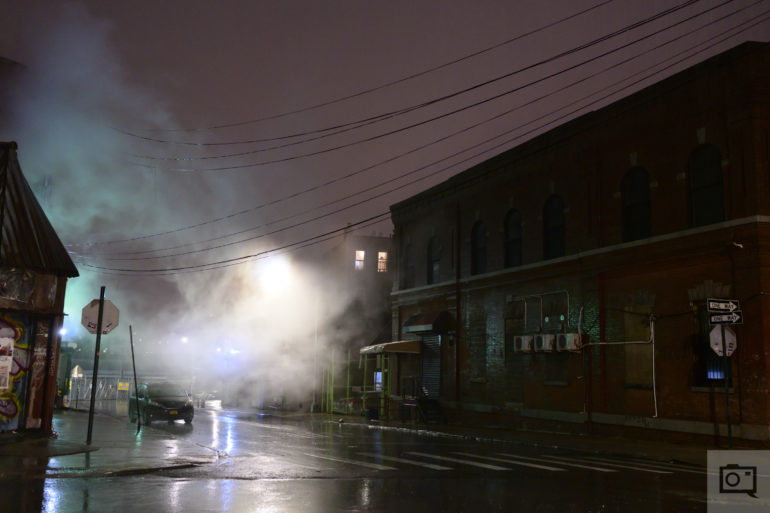

Buy now: $596.95


